What is spam risk, and how can you stop these calls?
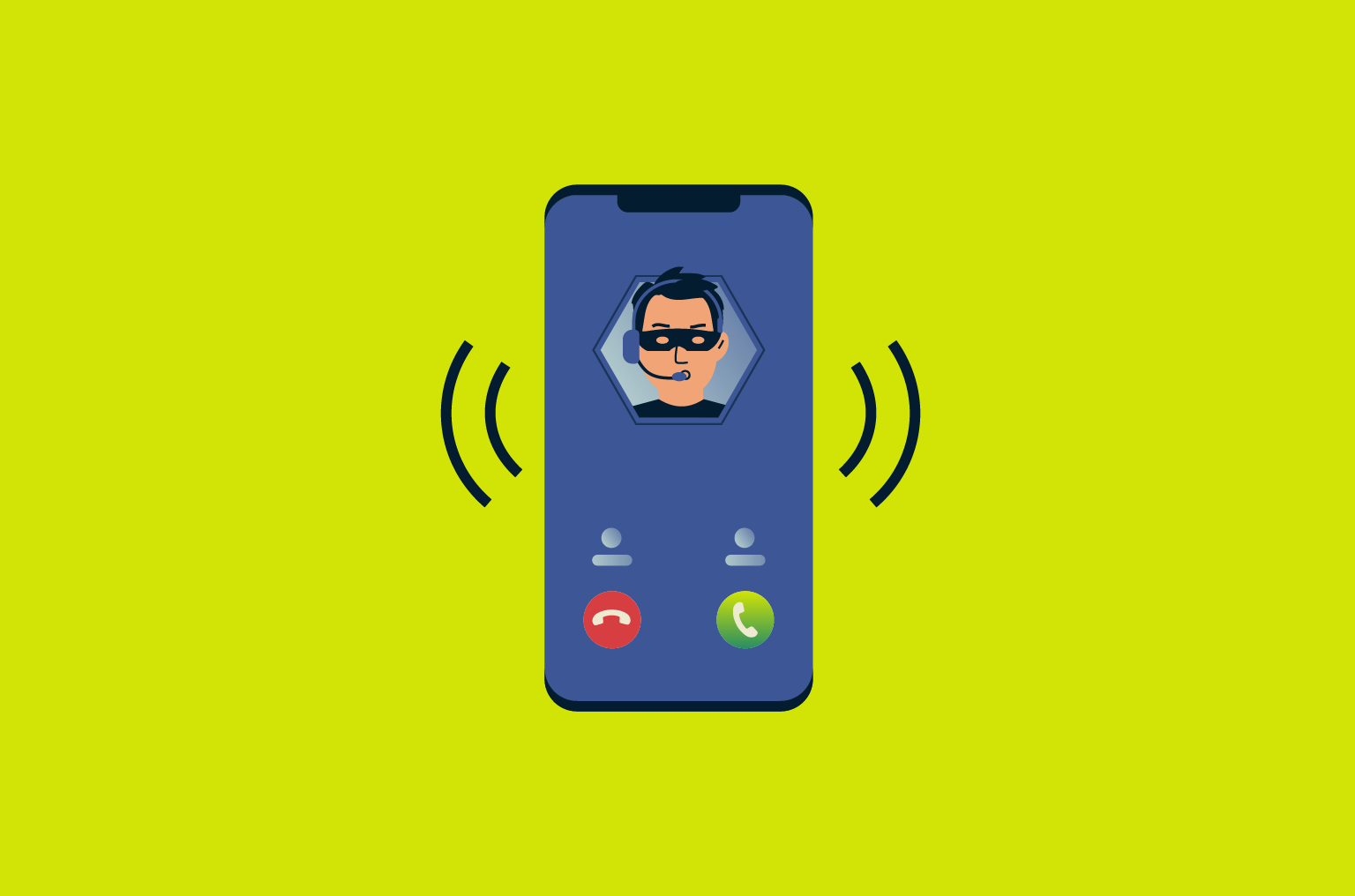
That “Spam Risk” notification on your phone is more than an annoyance. It’s a warning that an unknown caller might be a telemarketer, a robocaller, or a scammer. These interruptions disrupt your day and can be used as a gateway to fraud. Understanding what this label means is the first step to regaining control over who can contact you.
What exactly is spam risk?
Spam risk is a warning label that your phone carrier or a third-party app displays when an incoming call may be unwanted, fraudulent, or otherwise suspicious. It could be an aggressive telemarketer, a recorded message, or a scammer out to steal your information or money.
Different carriers use different labels. AT&T shows “Spam Risk.” T-Mobile displays “Scam Likely” or “Nuisance Likely.” Verizon shows “Potential Spam.” While the labels vary, the warning is the same. Illegal robocalls are the single biggest consumer complaint to the Federal Communications Commission (FCC).
Why does “Spam Risk” appear on your caller ID?
 Your mobile carrier’s spam detection technology aims to identify suspicious calls before they reach your phone. This feature relies on machine learning, which applies behavioral analytics to check an incoming call and its associated phone number for suspicious activity. When you see “Spam Risk,” the system has spotted at least one red flag.
Your mobile carrier’s spam detection technology aims to identify suspicious calls before they reach your phone. This feature relies on machine learning, which applies behavioral analytics to check an incoming call and its associated phone number for suspicious activity. When you see “Spam Risk,” the system has spotted at least one red flag.
These red flags include unusual calling patterns, like one number making thousands of calls over a matter of minutes. Carriers also incorporate user feedback, so if others have reported a number, it’s more likely to be flagged. Another red flag is caller ID spoofing, where the number is manipulated to appear local or familiar. Carriers also check external databases of known spam numbers.
If enough red flags are found, the call will be marked as risky. All this happens in seconds before your phone rings.
Is the spam risk label accurate or reliable?
Though generally accurate, spam risk labels aren’t perfect. You can sometimes get false positives, especially when the algorithms detect patterns that resemble spam activity. The machine learning algorithms used by mobile carriers to identify spam calls may occasionally flag legitimate calls as risky.
This is particularly true for businesses that make high volumes of calls or use calling patterns that might appear suspicious to automated systems. That said, phone carriers continuously update their detection algorithms to improve accuracy and stay ahead of emerging spam tactics.
Can legitimate numbers be marked as spam risk?
Yes, legitimate phone numbers can sometimes be incorrectly marked as spam risk. This often happens to businesses whose calling patterns resemble those used by spammers. Such signs include:
- Making a large number of calls in a short period.
- Having inconsistent call patterns.
- Using a number previously associated with spam.
- Having a number that spammers have spoofed.
Why am I getting so many spam risk calls?
There are several reasons you might be a target, from your number being part of a public database to previous engagement with spam calls.
Why am I suddenly getting 20 spam calls a day?
A sudden spike often means your number was recently exposed in a data breach or sold to scammers. Answering just one spam call confirms your number is active, putting it on a “sucker list” that may be resold to other scammers. This usually leads to even more calls.
How do spammers get my number?

Scammers have numerous ways to find your phone number, both legal and illegal. Understanding their methods can help you better protect your information.
- Data breaches and the dark web: When data breaches occur, records of personal information can end up on the dark web for scammers to purchase. The phone numbers of millions of users have been leaked and sold in this way. It’s been reported that a scammer may be able to get your phone number, name, address, and possibly even Social Security number for as little as $8.
- Public sources: Phone numbers shared on social media platforms, business directories, and personal websites can be harvested using web-scraping software. Data brokers also collect information from public records and sell it to businesses, which can then end up in the hands of spammers.
- Number generators and auto-dialers: These tools allow scammers to generate and call random phone numbers systematically. This technology makes it cheap and easy to reach millions of people.
Why does my number show up as a spam risk?
If your number is flagged as spam when calling others, it's likely due to your calling patterns. High call volume in a short period, frequently calling strangers, and having short calls can all trigger carrier algorithms. That’s because this sort of behavior is often connected to robocallers, telemarketers, and scammers.
Another possibility is that your number was previously owned or spoofed by spammers or that several people have manually reported your number. Even if you're making legitimate calls, recipients might have been overly cautious and reported your number because they didn’t have it saved.
What happens if I answer a spam risk call?
The safest action is to let any call marked as “Spam Risk” go to voicemail. Answering the call confirms your number is active, which will likely lead to more spam. The larger danger comes from what you say and do during the call.
Is answering spam calls dangerous?
By answering spam calls, you risk falling victim to social engineering attacks. Scammers are experts at impersonating banks and government agencies. They do this to trick victims into revealing personal information or sending money.
Some common schemes include the Geek Squad scam and other tech support fraud. During these calls, scammers create a sense of urgency, telling you that an account of yours has been compromised or that you owe money. Learning to recognize the red flags of phishing emails can help because phishing attempts by phone often have the same telltale signs.
Voice recording for vishing (voice phishing) attacks represents a newer threat where scammers record your voice during the call. Using AI, they can create fake versions of your voice to trick your loved ones in future scam attempts.
Should you ever answer spam risk calls?
You should almost never answer calls labeled spam risk. When you pick up, scammers will confirm that your number is connected to a real person, highlighting it as a desirable target. That said, there are rare exceptions where answering might be okay, though caution is always advised.
Legitimate business communications sometimes get mislabeled as spam risk. If you have an existing relationship with a company and expect them to call, the call may be legitimate, despite being labeled as spam. Even then, it may be best to let the call go to voicemail and call back yourself.
Emergency situations where you might need to answer unknown calls, e.g., from a hospital or from law enforcement, should be handled with extreme caution. Even in emergencies, never give personal information over the phone, and always verify the caller's identity through independent sources.
How spam calls are detected and labeled
The process of detecting and labeling spam calls relies on both your mobile carrier and specialized technology companies.
How mobile carriers identify potential spam calls
Mobile carriers use sophisticated systems powered by AI and machine learning to identify spam calls in real time. These systems analyze massive amounts of call data to spot patterns linked to suspicious activity. For example, a number making 5,000 calls at 9 a.m. on a Monday will likely be flagged as a robocaller.
Secure Telephone Identity Revisited (STIR) / Signature-based Handling of Asserted information using toKENs (SHAKEN) authentication protocols further help verify caller ID information and prevent spoofing. This technology makes sure the displayed phone number matches the actual caller, making it harder for scammers to hide their identity.
How apps and third-party tools detect spam callers
Third-party applications and services provide extra layers of spam detection beyond what carriers offer. These tools often use community-driven databases and advanced analytics to identify spam calls.
- Community-sourced databases: Apps build large, shared blocklists created from spam numbers reported by their users.
- Reverse phone lookup: Services let you manually check suspicious numbers to find associated spam reports, names, and locations.
- Advanced AI analysis: Third-party apps use sophisticated AI and audio fingerprinting to identify complex spam patterns and robocalls.
How to block spam risk calls
Blocking spam risk calls effectively requires using the right combination of built-in phone features, carrier services, and third-party applications. The process of minimizing spam is different depending on the type of device you use.
How to block spam risk calls on iPhone
iPhones offer several built-in features to help block spam calls. The most effective is the Silence Unknown Callers feature. Once enabled, calls from numbers not in your contacts, recent calls, and Siri Suggestions will be silenced and automatically sent to voicemail.
- To turn this on, go to Settings > Phone.

- Next, tap Silence Unknown Callers.

- Toggle the feature on.

Call Blocking & Identification provides extra protection through any third-party apps you may have installed. Here’s how to turn it on:
- Go to Settings > Phone.

- Tap Call Blocking & Identification to manage these services.
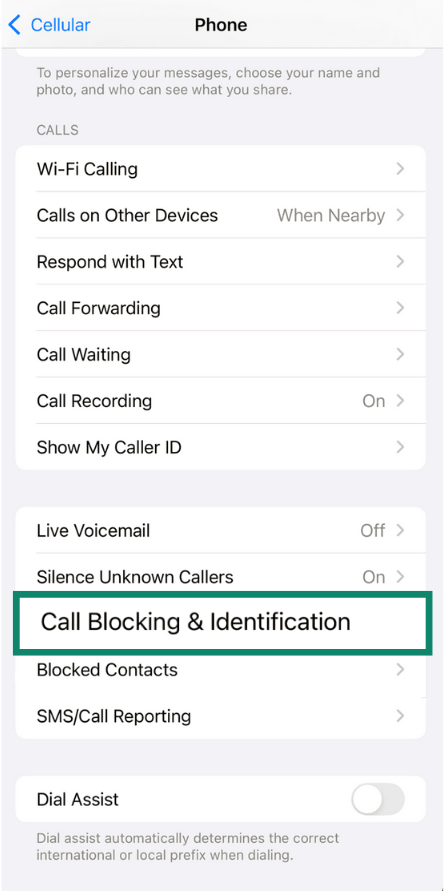
If you want to manually block specific numbers, here’s what to do:
- Open the Phone app and go to the Recents tab.
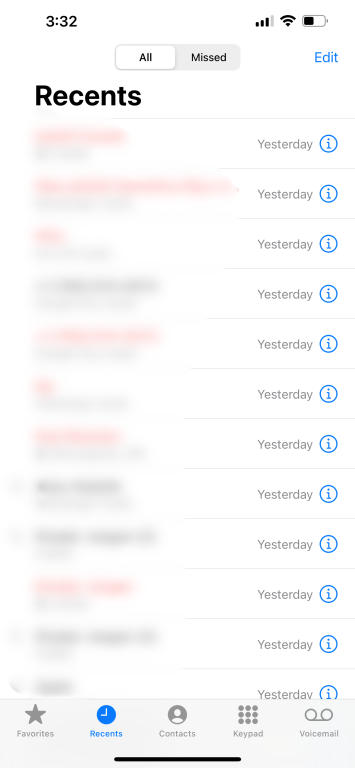
- Find the spam number and tap the i icon next to it. Then select Block this Caller.
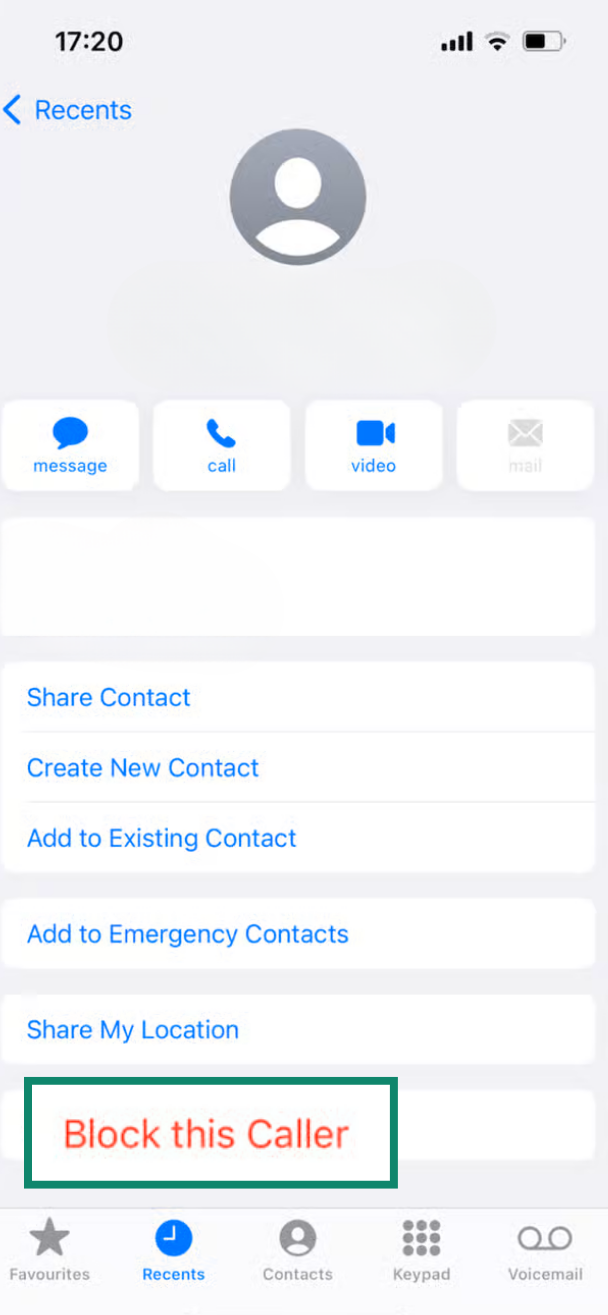
- Confirm your choice.
How to block spam risk calls on Android
Android phones come with spam protection built into the Phone app. You can enable it to get warnings about suspected spammers.
- Open the Phone app and tap the three-dot menu icon.

- Select Settings.

- Tap Caller ID and spam protection.

- Make sure Caller ID and spam protection is on. Then, toggle on Block spam and scam calls and select Block all spam and scam calls.
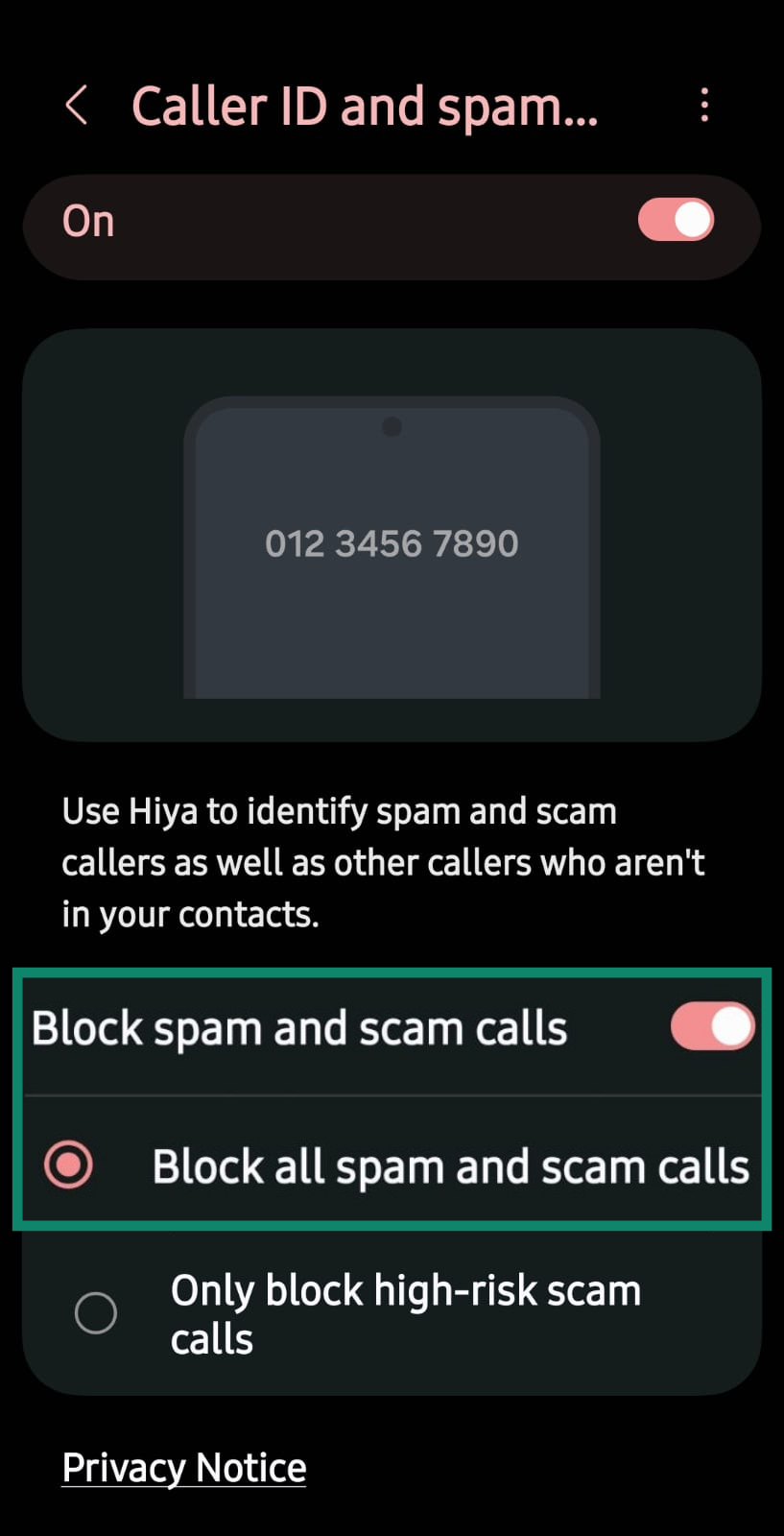
This will prevent suspected spam calls from ringing your phone. Reviewing your Android privacy settings is another good step to protect your personal information.
Note that the exact process will vary based on your phone’s model and the version of Android you’re using. If you find yourself stuck, try typing “spam” into the search function within the Settings app.
Likewise, manually blocking a number on an Android can involve different steps on different phones. Here’s one common method you can try:
- Open the Phone app and go to your recent calls.
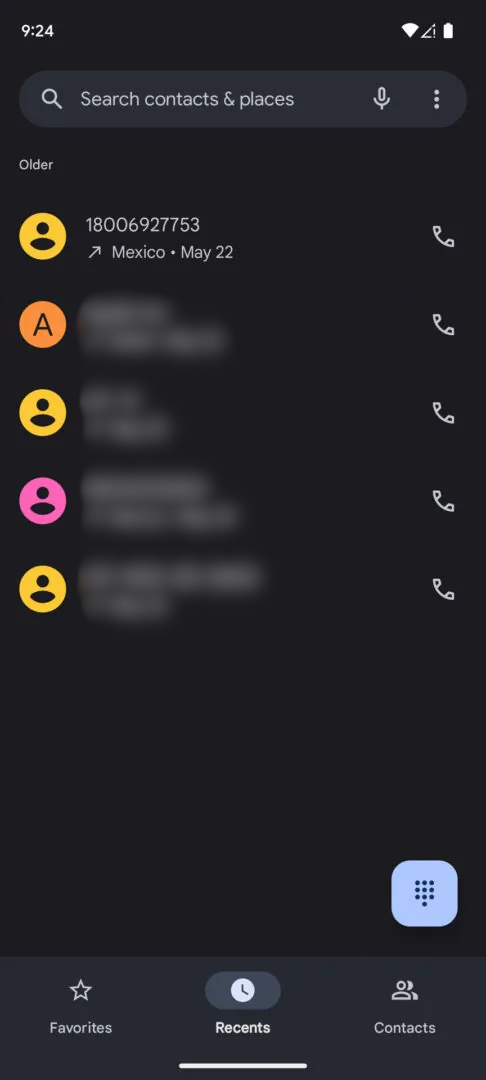
- Long press the number you want to block and select Block/report spam.
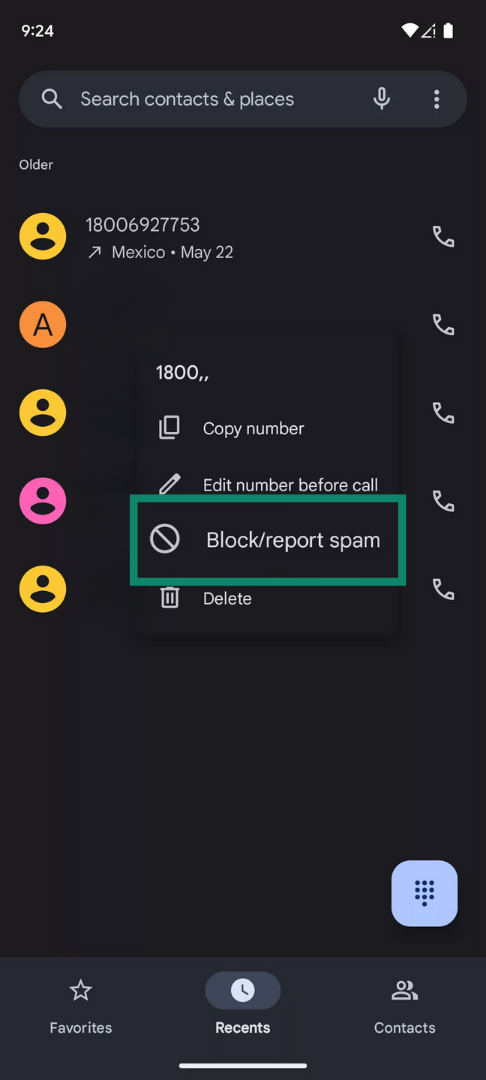
- Tick Report call as spam and tap Block.

You can also download apps like Truecaller, Hiya, or RoboKiller from the App Store or Google Play. These apps use large databases to identify and block known spam numbers.
How to block spam risk calls on landline phones
Stopping spam on a landline is more challenging. If your landline uses Voice over Internet Protocol (VoIP), ask your carrier if they offer a spam blocker like Nomorobo. For traditional landlines, there aren’t as many options. While star codes like *60 allow manual blocking, this is often impractical given how often spammers change numbers.
Another effective solution is a physical call-blocking device. Installed between your phone and the wall jack, these can automatically block calls from known spam databases. Some devices let you create custom block lists and whitelist trusted numbers.
Advanced tips to prevent spam risk calls
Blocking calls is a reactive measure. To reduce the number of spam calls you get in the first place, you need to be proactive about protecting your phone number and personal data.
1. Use a VPN to protect your privacy
While a virtual private network (VPN) doesn’t block phone calls or prevent robocallers, it’s a foundational tool for online privacy. Using one will encrypt your internet connection, hiding your IP address and online activities from websites, data brokers, and anyone else trying to track you.
Although most websites already use HTTPS to secure data you enter (like your phone number), a VPN adds an extra layer of protection, especially on public or unsecured networks. It ensures that even if a site’s encryption is misconfigured or your Wi-Fi network isn’t secure, your data remains private from potential eavesdroppers.
ExpressVPN also includes Identity Defender (available for U.S. users only), which can help you remove personal information from data broker websites, and it monitors the dark web for breaches involving your phone number, email, or other sensitive data.
2. Avoid sharing your phone number online
Many people unknowingly make their phone numbers available to spammers through careless online behavior. Treat your phone number like a password. Do not post it on public social media profiles. If you use your phone for business, get a second number.
When signing up for a new service or app, think about whether providing your number is truly necessary. If a service requires a phone number, consider using a secondary number, such as from Google Voice, to keep your primary number private.
3. Register with the National Do Not Call Registry
The U.S. government operates the National Do Not Call Registry. You can add your cell phone and landline numbers for free. Legitimate telemarketers are legally required to remove your number from their call lists within 31 days. While it won't stop illegal spam calls, it can significantly reduce calls from companies that follow the law but use aggressive telemarketers and automated robocalls.
4. Use call-blocking and spam-filtering apps
For more aggressive filtering, use a dedicated call-blocking app. Services like Nomorobo, Truecaller, or Hiya offer powerful spam detection and automatic blocking. Many of these apps use a global database of spam numbers that is constantly updated by millions of users, providing real-time protection against new threats.
5. Report spam calls using carrier and government tools
Blocking a spam caller helps you, but reporting that caller helps everyone. Take 60 seconds after the call to let your carrier and your regulator know what happened. Each report feeds the databases that power call-blocking tech and gives enforcement teams the evidence they need to issue fines.
In the U.S., you can file a report for scams, spoofing, or illegal robocalls with the Federal Trade Commission (FTC) at reportfraud.ftc.gov. Or, for repeated robocalls or caller-ID spoofing, with the Federal Communications Commission (FCC) at consumercomplaints.fcc.gov.
Outside the U.S.:
- Canada: Report at lntte-dncl.gc.ca.
- United Kingdom: Forward spam texts to 7726 and log calls at ico.org.uk.
- Australia: Report scam calls at scamwatch.gov.au.
- Singapore: Add your number to the Do Not Call Registry and report breaches at pdpc.gov.sg.
- Elsewhere: Search “[your country] unwanted calls regulator” for the right portal; most accept reports online.
FAQ: Common questions about spam risk calls
What happens if I answered a spam risk call?
If you didn't share information, you’re safe, but you can expect more spam calls as your number is now confirmed as active. The best thing to do is hang up and block the number.
Why am I getting so many spam risk calls?
There can be a number of reasons: Your number could have been exposed through a data breach, scraped from public information, or simply dialed at random by a robocaller. Answering these calls can increase their frequency.
Are all spam calls dangerous?
Not all spam calls are dangerous, but many are. Some are just annoying telemarketers. A significant portion, however, are scams designed to commit fraud or identity theft. It’s best to treat them all with caution.
Can spam risk calls be legitimate?
Yes, sometimes a legitimate call from a business or a doctor’s office can be incorrectly flagged as a spam risk. If you are expecting a call, a legitimate caller will usually leave a voicemail if you do not answer.
How do I stop spam calls completely?
Stopping all spam calls is impossible, but the best protection comes from combining your phone's built-in filters with a third-party app and registering on the National Do Not Call Registry.
How do spam risk calls differ from scam calls?
Spam risk is a label that identifies a call as potentially unwanted. It’s a broad category. A “scam call” is a specific type of spam call where the caller’s intent is to defraud you. Many calls marked as spam risk are scam calls.
Take the first step to protect yourself online. Try ExpressVPN risk-free.
Get ExpressVPN



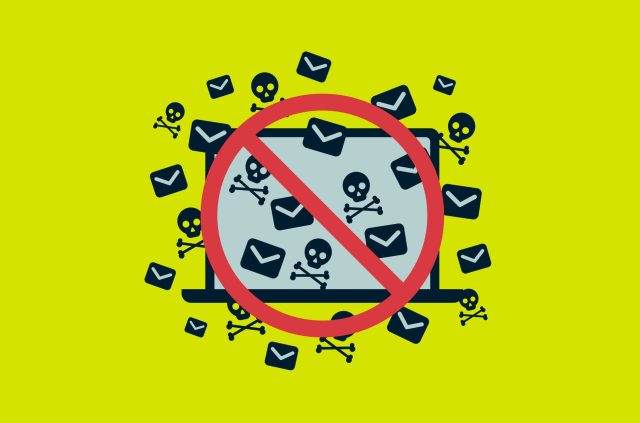




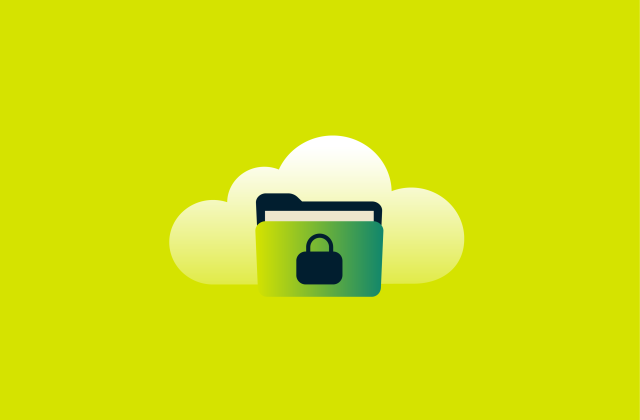
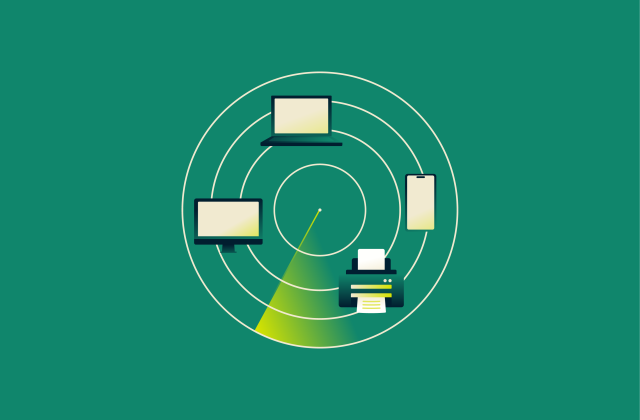
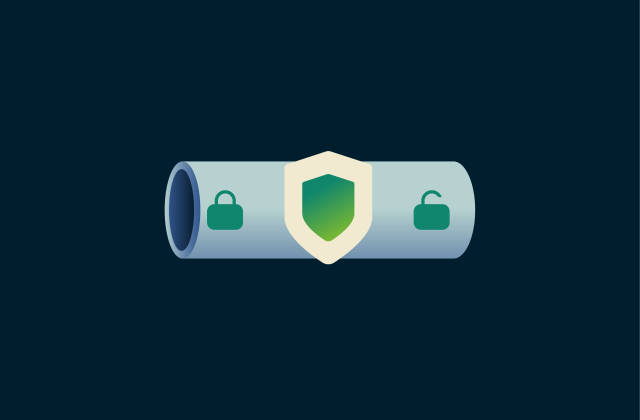
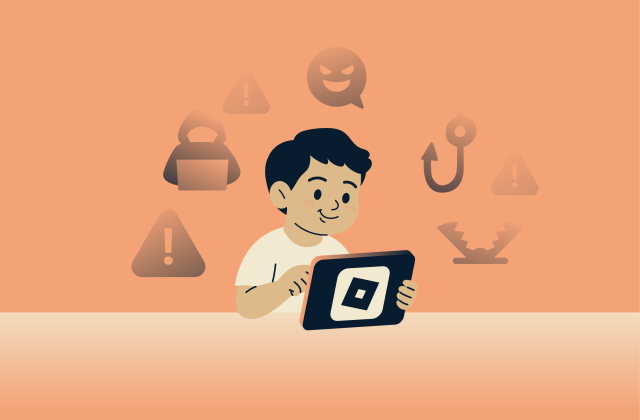
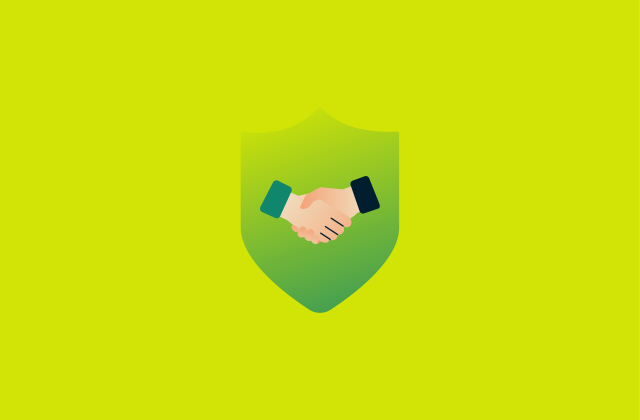

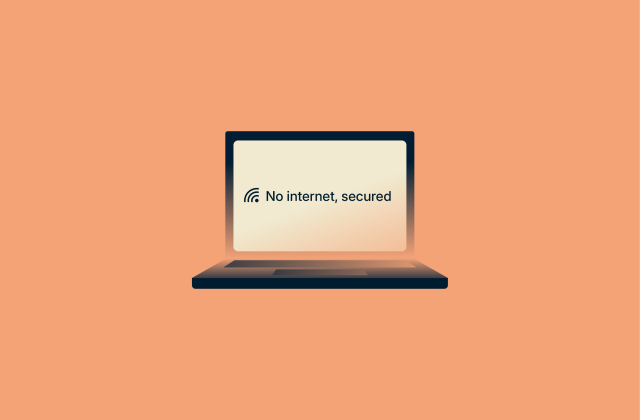
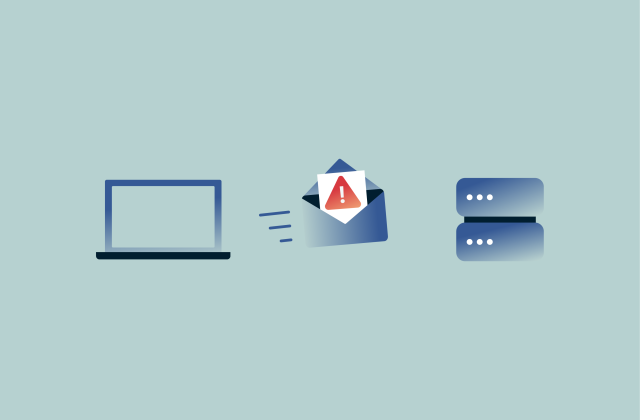




Comments
I agree it'd be great if they could automatically block spam calls. However, current systems rely on behavioral analytics to determine if a call is potentially spam. It's essentially guesswork, so legitimate calls sometimes get marked as “Spam Risk,” too. This is probably why Apple and the other companies don’t blanket block “Spam Risk” calls.